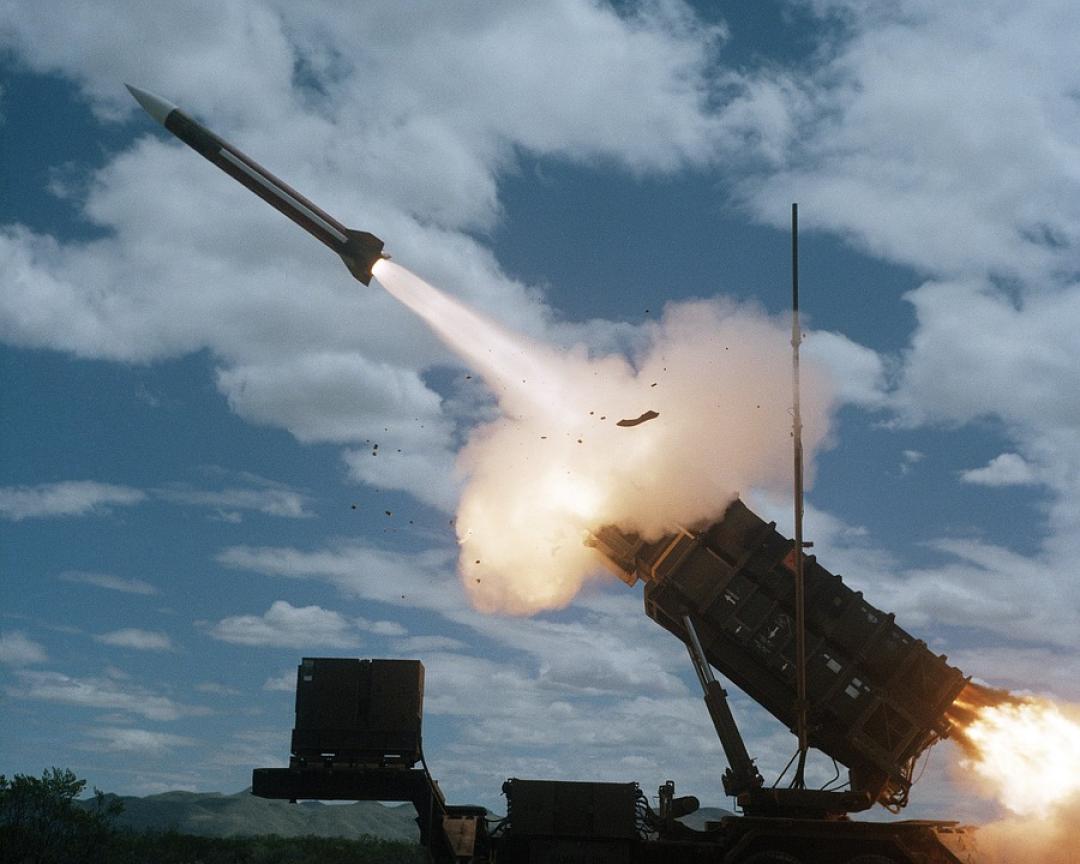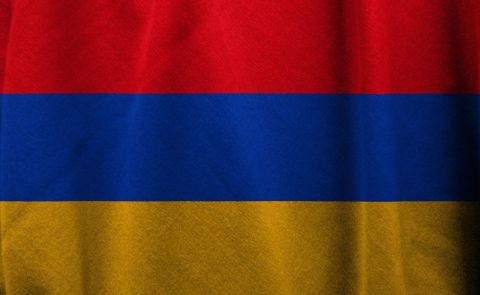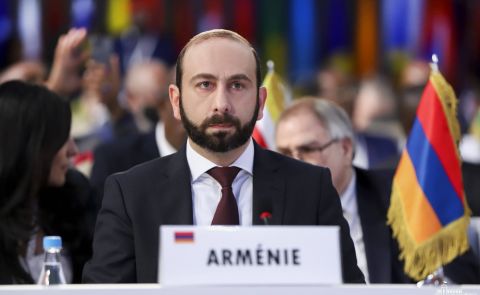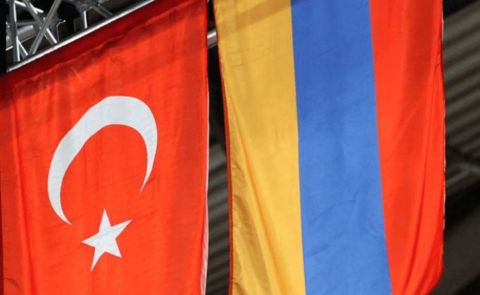
Human rights watchdogs report on violations during the second Karabakh war

The international non-governmental organisations Amnesty International and Human Rights Watch published their newest findings on the atrocities committed during the 44-day war in Nagorno-Karabakh.
The report by Amnesty International focused on the war crime videos which were posted on Telegram following the signing of the trilateral agreement. In its report, Amnesty has confirmed a total of 22 videos - twelve of them depicting crimes committed by Armenian forces and ten depicting crimes committed by Azerbaijani forces. The videos confirmed by Amnesty include extrajudicial executions, mistreatment of prisoners of war (POWs) and other captives and desecration of the dead bodies of enemy soldiers. The only killings the report directly verified were two live beheadings by Azerbaijani soldiers and a video of an Armenian soldier driving a knife through an Azerbaijani soldier’s throat. 4 Azerbaijani servicemen were arrested for desecrating the corpses of Armenian servicemen and Armenian graves following this report.
Human Rights Watch published two separate reports on the unlawful use of explosive weapons by Armenian and Azerbaijani forces. One report focused on attacks by Armenian forces in or near Barda, Fuzuli, Ganja, Goranboy, Naftalan and Tartar and the second on attacks by the Azerbaijani military on Stepanakert/Khankandi).
The first report documented 11 incidents in which Armenian forces used ballistic missiles, unguided artillery rockets, and large-calibre artillery projectiles that hit populated areas in apparent indiscriminate attacks. Another four cases investigated by HRW showed attacks on civilians or civilian objects in areas where there were no apparent military targets. The report also noted that Azerbaijan had put civilians at risk by locating military objects within or near densely populated areas and failed to remove civilians from the vicinity of military activities, but that the presence of military objects did not permit Armenian forces to use inherently inaccurate explosive weapons with a large destructive radius in populated areas.
In the second report the HRW found numerous incidents in which ‘inherently indiscriminate cluster munitions’ and Smerch and Grad rockets were used. HRW documented incidents of multiple strikes in less than a minute on residential homes which suggests possible bombardment, which treated the whole area as a military target. The watchdog also stated that Azerbaijani forces attacked infrastructure, including electricity and telecommunications, that may have had an unlawfully disproportionate impact on the civilian population. It also condemned the de facto Nagorno-Karabakh authorities for having military bases and dual-use infrastructure in Stepanakert near the civilian population, putting the latter unnecessarily at risk.
See Also


Armenia Records 5.9% GDP Growth in 2024, Missing 7% Goal

Yerevan Balances Strategic Ties with Both US and Russia, Says Foreign Minister

FM Mirzoyan: Peace Deal with Azerbaijan Is Within Reach

Pashinyan and Erdogan Hold Call, Reaffirm Commitment to Ongoing Dialogue

